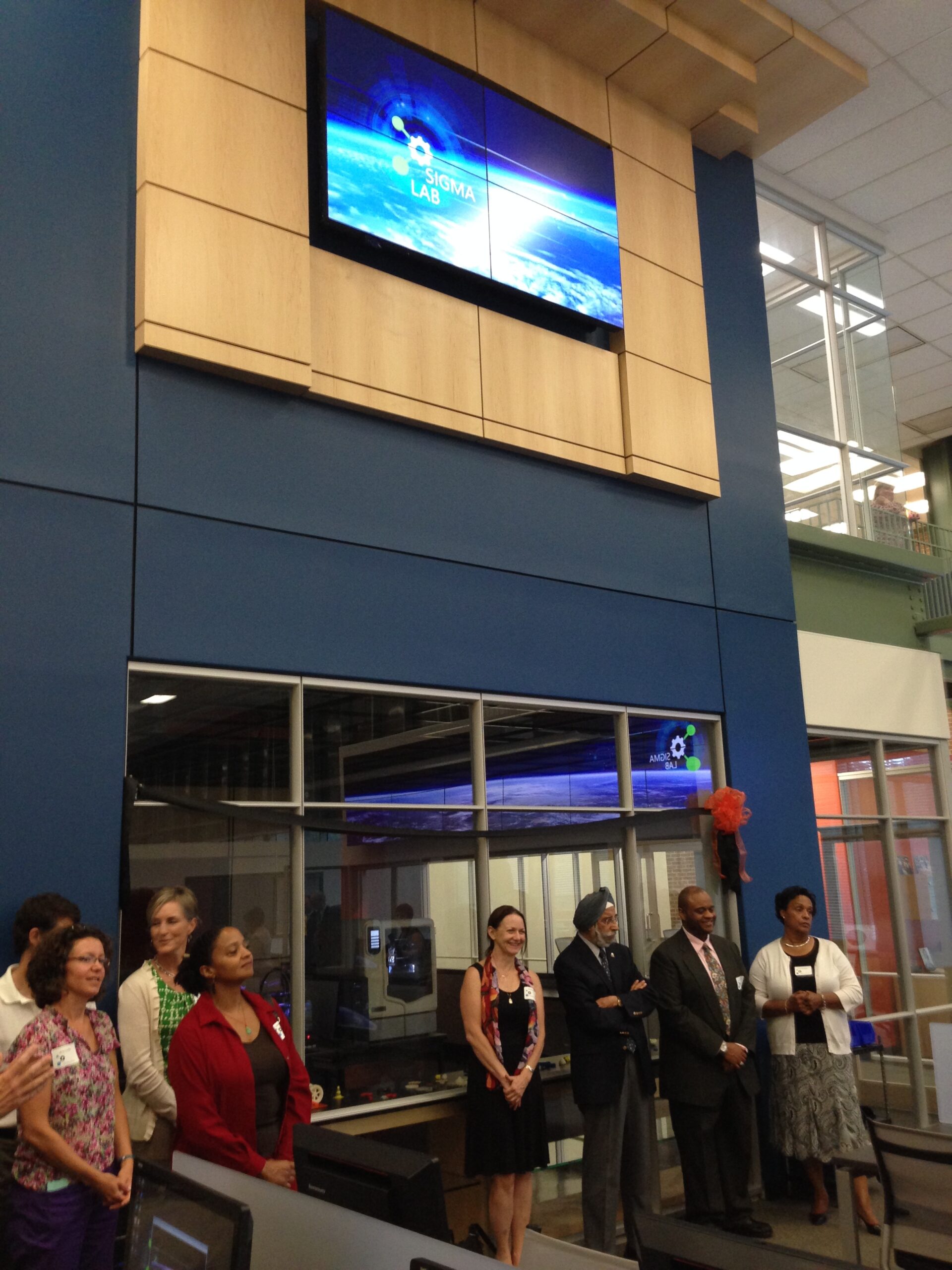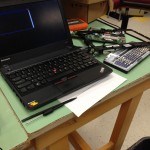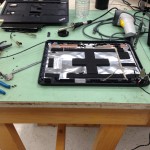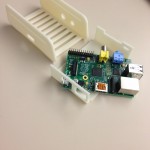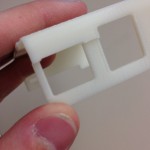For my ISTE Educator Certification course, I had to complete an assignment on Digital Citizenship. For the Citizen Standard 3d (Model and promote management of personal data and digital identity and protect student data privacy), I was tasked with the following:
Investigate the privacy policies and terms of use of 3-5 web tools that you and your students use (Hint: look for the site’s “Terms of Service” or “Legal.”)
Write and publish a blog post about what you learned and how your data might be used. Discuss: the age restrictions, if any, on the use of the website; what surprised you or concerned you; what changes you might need to make in your decision-making about use of apps and websites in your classroom, school, or district. (https://padlet.com/istedigcitpln/wexwp1556mzb)
I decided to review Twitter, Code.org, and Seesaw.
Twitter.com
The Twitter privacy policy (https://twitter.com/en/privacy) had a nice summary at the top, with a few key takeaways. They encouraged me to read the whole policy, but it was nice to have some highlights. I thought that it was interesting that one of the takeaways said that twitter “uses your Tweets, content you’ve read, Liked, or Retweeted and other information to determine… your age.” To determine your age? Aren’t you supposed to tell it your age when you register? That is a part of the Twitter Terms of Service (https://twitter.com/en/tos) under the first heading of “Who may use the Services.” It states that you must be at least 13 years old (or 16 years for Periscope). It has been a long time since I signed up for Twitter, and I’m not going to go through the exercise of creating another account, but does it ask for your DOB or just you to pinky-swear that you’re old enough? And then does it use its magic algorithms to verify that age is over 13 years old (or in different age ranges) based off of your activity?
I am curious if Twitter ever determines that a user is under 13 based off of their activity and then deactivates the account or goes through some sort of additional age-verification process. Recent events have shown that Twitter will deactivate accounts en masse when they feel they are violating their Terms of Service, and since this is the first term on the site, I wonder if it is one that they strive to enforce with a priority assigned to the first listed term.
None of this age-based stuff really impacts my day, but I frequently reminded some of my students when I was in the elementary classroom that they were too young to have certain social media accounts, after they would request to connect with me virtually and then question me about it face-to-face. I think that just letting students know that there are age-restrictions on a number of popular websites is an important step in teaching them responsible digital citizenship.
Code.org
I like Code.org for the different computer science and coding curriculum that they offer. Their mission is to make computer science accessible to all students, and their privacy policy and terms of service don’t reflect otherwise. They’re not running advertisements, they’re not selling your information—most of the time they’re not even collecting your information. What they do collect is mostly used in aggregate, so they’ll have more information on who uses their site, and how they can improve the instructional experience. There are some pretty striking differences between Code.org and Twitter.com. Code.org is a non-profit with 1.3 million teacher users and 46 million student users that focuses on computer science education. Twitter, on the other hand, is a tech company with over 300 million users that focuses on… I’m not really sure what, but it’s probably making money, as they’re worth tens of billions of dollars.
There are no age restrictions on Code.org for use, but they do want you to be 13 to make your own account. Teachers can make accounts for students who are under 13.
I feel good about Code.org’s privacy policy and terms of service. I like that there are different avenues within each for accounts that were created for students BY teachers and for accounts created for students BY students (or their parents/guardians.) I especially like that they have that option set up for the teachers to create an account for a student that is really just a sign-in, without real information tied to it. Of course, teachers still have to have permission from the parent/guardian before they create an account for their students—something that has been a struggle for many educators that I know.
Seesaw.me
Seesaw is the learning loop between elementary students and teachers in Albemarle County Public Schools. We first began our partnership with Seesaw during the Spring 2020 school shutdown due to COVID-19, and continued it into the 2020-21 school year which opened virtually for all students. Seesaw is a free platform that offers additional services for a fee—a fee which ACPS is paying for the time being.
Seesaw, like the other two services I’ve reviewed, is up front about their privacy goals and terms of use. They’re not selling our data and they’re not going to advertise. They’re already getting money from you if you choose, so they don’t need ads. One thing that did jump out at me about Seesaw is that the user retains ownership of the content added. That’s different from Twitter and Code.org, who both say that they can use your stuff once it’s there. Seesaw says that I can go in and request the data to download it onto my computer—I wonder if that is true for me as a parent of a student in a division that pays for its use, or if only the division could request the data. It would be interesting to do each year, so that you can keep the portfolio in an accessible format, even if you move or the service is discontinued by the division.
Seesaw allows for accounts for students under the age of 13 when consent is given by the parents/guardians, like Code.org does. Which is good, because my son is well under the age of 13!
In this whole assignment, I didn’t really come up with something that I should be doing differently. As long as we’re keeping parents and guardians in the loop about the accounts that are being created for their students in the name of education (Code.org and Seesaw), as well as promoting awareness of policies like Twitter’s that prohibit use when under 13 years old, we’re starting off on the right track.


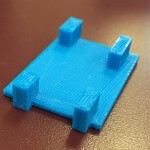 en said “it’s nice to have someone to talk to about what I’m working on.” That made me a little bit sad, but he was having a really great time working with his friends to create a Scratch program where he made a working boom box.
en said “it’s nice to have someone to talk to about what I’m working on.” That made me a little bit sad, but he was having a really great time working with his friends to create a Scratch program where he made a working boom box.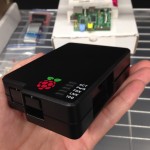 a case for the Pi, and I blogged about it. The project went to the back-burner when the person I was interning with went AWOL, but I continued to mess around with the Raspberry Pi without a case, because I wasn’t having much success designing one/finding one that someone else had designed to use. Well, last week, I went to the Ribbon Cutting for the Sigma Lab at Charlottesville High School. While on my self-guided tour of the lab, I saw that they had some Raspberry Pis out on display so that they could show off all the cool engineering stuff they’d be doing in the room. And what did these kids have? A case for the Raspberry Pi.
a case for the Pi, and I blogged about it. The project went to the back-burner when the person I was interning with went AWOL, but I continued to mess around with the Raspberry Pi without a case, because I wasn’t having much success designing one/finding one that someone else had designed to use. Well, last week, I went to the Ribbon Cutting for the Sigma Lab at Charlottesville High School. While on my self-guided tour of the lab, I saw that they had some Raspberry Pis out on display so that they could show off all the cool engineering stuff they’d be doing in the room. And what did these kids have? A case for the Raspberry Pi.


